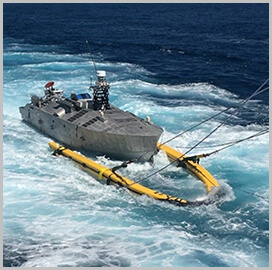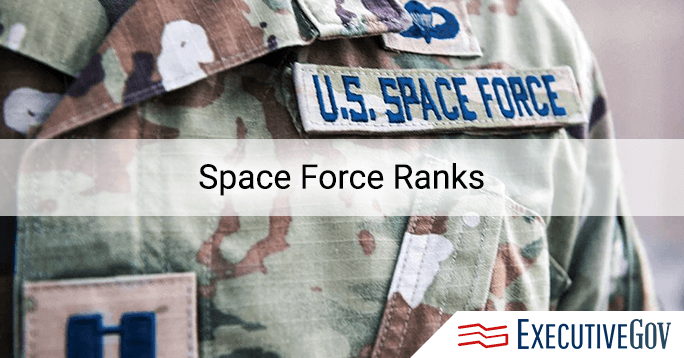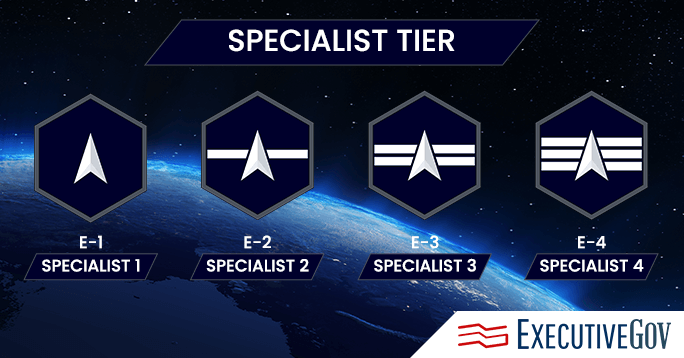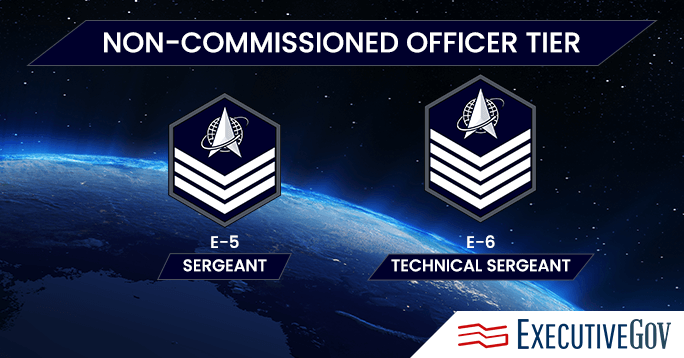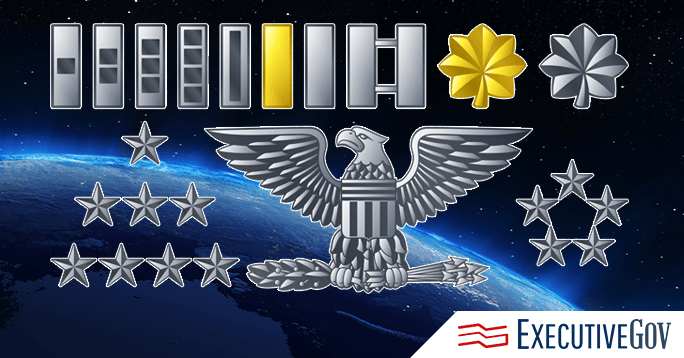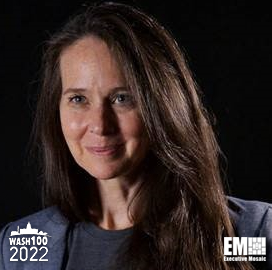On Friday, U.S. Senators Jacky Rosen (D-NV) and John Cornyn (R-TX), alongside Homeland Security and Governmental Affairs Committee (HSGAC) Chairman Gary Peters (D-MI), introduced the bipartisan Federal Data Center Enhancement Act of 2022 to provide legislation in order to protect Data Centers from potential cyberattacks, natural disasters and acts of terrorism.
“The federal government is responsible for storing considerable amounts of sensitive and personal information…We must ensure this data is stored securely and used in a way that does not violate civil rights and liberties,” Sen. Peters explained.
The bipartisan Federal Data Center Enhancement Act of 2022 requires the Office of Management and Budget (OMB) to develop strong minimum requirements for federal data centers related to cyber intrusions, data center availability, mission-critical uptime, and resilience against physical attacks and other natural disasters, which includes ensuring that federal agencies have secure, reliable, and protected data facilities that are safe from potential attacks.
Sen. John Cornyn detailed how the new legislation would help secure federal data and encourage optimization, which will save taxpayer dollars and protect Americans who entrust their information to the federal government.”
Since 2010, more than 6,000 federal data centers have been consolidated with resulting cost savings and cost avoidance of $5.8 billion. The Federal Data Center Enhancement Act of 2022 builds on this success, shifting the policy focus from consolidation to optimization, security, and resiliency.
In addition, Sen. Jacky Rosen also highlighted the critical importance of ensuring the integrity of our nation’s critical information by protecting data centers. “This bipartisan bill will enact a new set of security and resiliency standards to keep our data safe.”
Sen. Rosen. also specifically mentioned the Data Center “Switch” located in Las Vegas. Betsy Fretwell, executive vice president for Strategy at Switch, recognized the need for data centers and government agencies to meet higher standards for greater resiliency and availability.
“Switch takes pride in building the world’s most advanced, secure, and sustainable data centers and applauds Senator Rosen’s work to reduce the unnecessary risk of taxpayers losing access to important data provided by the federal government due to substandard data centers,” Betsy Fretwell explained.
Since 2010, more than 6,000 federal data centers have been consolidated with a resulting cost savings and cost avoidance of $5.8 billion. The Federal Data Center Enhancement Act of 2022 builds on this success, shifting the policy focus from consolidation to optimization, security, and resiliency.



